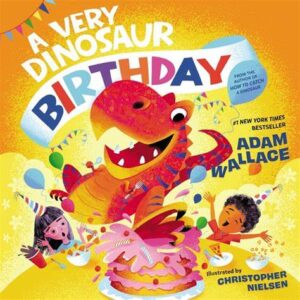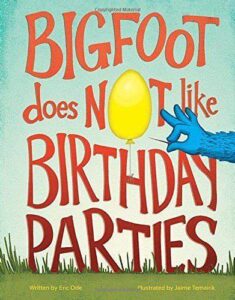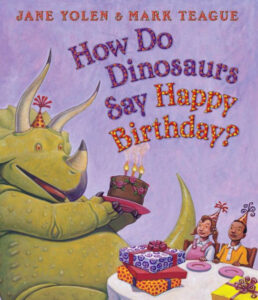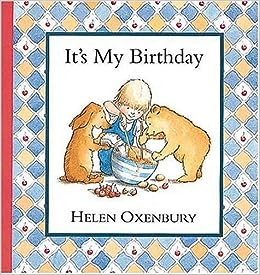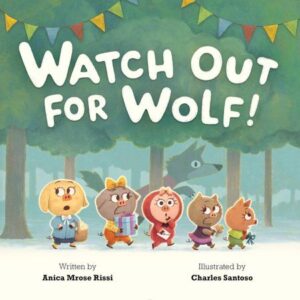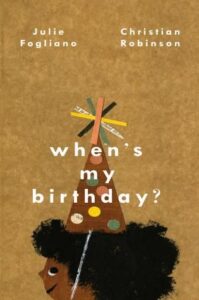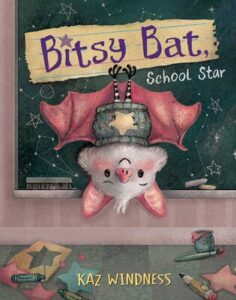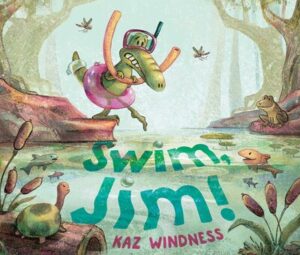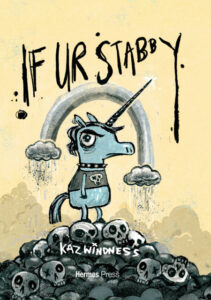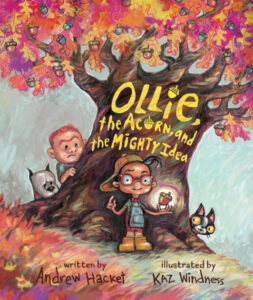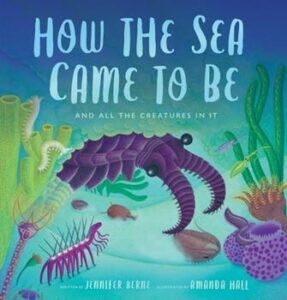Welcome to Sandra Sutter, the dynamic force behind Gnome Road Publishing, a vibrant press that is lighting the way for readers young and old. With a mission to produce books that engage, inform, and bring joy to the world, Sandra’s press is all about that “R” factor…Re-Readability!
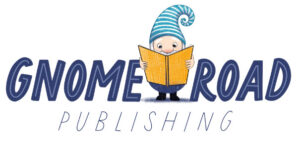 Here’s Sandra’s wonderful mission statement to give us a glimpse into the soul of Gnome Road:
Here’s Sandra’s wonderful mission statement to give us a glimpse into the soul of Gnome Road:
“To Our Readers: We produce books that engage and inform, develop and strengthen a love for reading, and bring smiles and laughter to the world. Our books are made with all readers in mind…”
Just a few aspects to make you go “Wow!”:
- Gnome Road Publishing focuses on creating cherished, lasting books that light the way on a lifetime of reading adventures.
- Sandra’s dedication to her creatives is unmatched, offering respect, support, and fostering collaboration and community.
- Their approach to picture books emphasizes both engagement and education, crafting stories that can be read time and again.
Intrigued? You should be! Let’s dive into the interview and discover the unique insights and wisdom Sandra Sutter has to share about the world of picture books, her own press, and the ever-fascinating picture book industry.
Prepare to be inspired! 📚✨
SS: That is such a lovely introduction! Thank you for inviting me to your blog to share more about Gnome Road Publishing with your readers.
RVC: We’re happy to have you here, Sandra, and we want to know more. So, please share your journey into the publishing world before founding Gnome Road Publishing. What experiences shaped your decision to start your own press?
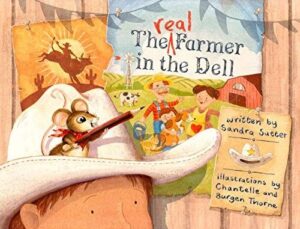 SS: Many people may already know that I authored two picture books with another small press, so it is likely no surprise to hear that this was part of my journey into the publishing arena. Probably less well known is that I was once an attorney, mediator, and before that, an addictions counselor. My education, training and experience in those roles definitely shaped who I am as a publisher. They all dealt with bringing people or ideas together, using language and reshaping it to communicate with an audience, and looking at situations systemically. That and needing to be very organized!
SS: Many people may already know that I authored two picture books with another small press, so it is likely no surprise to hear that this was part of my journey into the publishing arena. Probably less well known is that I was once an attorney, mediator, and before that, an addictions counselor. My education, training and experience in those roles definitely shaped who I am as a publisher. They all dealt with bringing people or ideas together, using language and reshaping it to communicate with an audience, and looking at situations systemically. That and needing to be very organized!
RVC: Sounds like perfect training.
SS: Looking back, I can see how my work in those positions drove my desire to find a similar fit in the publishing world.
RVC: Tell us about a challenge you faced earlier in your career that taught you a valuable lesson you’ve applied to your work at Gnome Road Publishing?
SS: When my first book was published (as an author), I did not have the benefit of pre-release professional reviews. These are very important in directing attention to a book and gaining visibility as a publishing house. We do this for all GRP title releases.
RVC: That’s a useful thing for sure! What’s the most important thing people should know or understand about Gnome Road?
SS: We hope that all young readers can find at least one book at GRP that they love and want to read over and over again. This is central to our mission and helps us in selecting new stories. We like variety, finding new talent, and creating books with layered themes that can reach as many readers as possible.
RVC: You’ve mentioned being an author as well. How does that background help you in your gnomework?
SS: Gnomework! I love that!
RVC: It’s a winner word, no doubt. Feel free to use it regularly.
SS: Apart from the answer that it helps with editing and recognizing good writing, already being part of the Kidlit community helped me tremendously in spreading the word about GRP and finding talented authors and illustrators. I’m also pretty fast at typing–which helps in completing my gnomework.
RVC: Tell us the story behind your first picture book.
SS: I’m going to talk about the first picture book published by GRP rather than my own.
RVC: Fair enough!
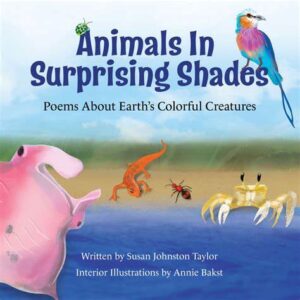 SS: Technically, there are two since they came out on the same day. They are Animals in Surprising Shades: Poems About Earth’s Colorful Creatures by Susan Johnston Taylor (illustrated by Annie Bakst) and Science, Matter and the Baseball Park by Catherine Ciocchi (illustrated by Chantelle and Burgen Thorne). In both cases, I knew almost immediately that I wanted to acquire them. They seemed like an excellent fit with the GRP mission statement. Susan’s presentation of poems and carefully constructed sidebar information was enough for me to ask for more–and then to sign the project when she delivered. And Catherine’s rhyming, science-infused baseball book had kid-appeal practically dripping off the pages.
SS: Technically, there are two since they came out on the same day. They are Animals in Surprising Shades: Poems About Earth’s Colorful Creatures by Susan Johnston Taylor (illustrated by Annie Bakst) and Science, Matter and the Baseball Park by Catherine Ciocchi (illustrated by Chantelle and Burgen Thorne). In both cases, I knew almost immediately that I wanted to acquire them. They seemed like an excellent fit with the GRP mission statement. Susan’s presentation of poems and carefully constructed sidebar information was enough for me to ask for more–and then to sign the project when she delivered. And Catherine’s rhyming, science-infused baseball book had kid-appeal practically dripping off the pages.
RVC: What was the most important thing you learned from that book?
SS: These were some of the first books to test my ability to pair text with the right illustrations. Personally, I think we hit it out of the ballpark (bad pun intended). It is not an easy process, but I’ve learned that being patient and trusting my instincts will pay off.
RVC: You seem astonishingly busy. (from your website: “We are also parents, business owners, and all-around daily task-masters.”) How do you manage wearing so many hats?
SS: Yes, that’s true. I’ve had nights I get up at 3:00 am to do work and manage my anxiety about getting it all done. It helps to be organized, too. As things evolved at GRP, I learned to delegate more and have found some great people to help out with different tasks or in areas that would take me two or three times as long (maybe more) to get something done. That helps a lot!
RVC: Why is Louisville the right place for Gnome Road to be located?
SS: That’s an easy one. I live here. It would be hard to locate it somewhere else.
RVC: Hah, great answer! Now, how do you approach the collaboration between authors and illustrators in the creation of a picture book?
SS: Since picture books reflect the vision of both an author and illustrator (actually, of more people–including agents, editors, critique partners, etc.), both parties need to feel heard and to have room to express themselves. I start by finding out more about the author’s vision for the book (if not an author-illustrator) and ask to see some images that appeal to them. I share a few that interest me, and we discuss potential styles and/or artists.
Once the illustrator is on board, we talk about the author’s vision early in the process and discuss what the illustrator has in mind. The author is looped in again a little later when character sketches and thumbnails/storyboards are completed to share thoughts. At that point, the illustrator takes the reins until the images are nearly complete.
RVC: What’s your philosophy on balancing educational content with entertainment in picture books?
SS: I think kids inherently love to learn and to share knowledge with others. And what better way to learn something new than through a book? But still, if readers aren’t connecting with the material and enjoying the experience, then a book won’t be of interest to them for very long. Nor will they want to share it with anyone else. So, entertainment is very important–which is, of course, a different experience for each reader. Bright, vivid illustrations, or soft quiet pastels. Humorous dialogue, or a rhyming informational text. All styles can carry entertainment value. The tricky part is finding how to balance it in the right amounts for each project.
RVC: Please share an example of a particularly successful picture book from Gnome Road and what made it stand out.
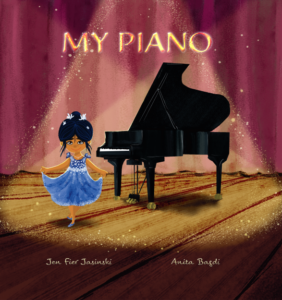 SS: One that really stands out this year is My Piano by Jen Fier Jasinski, illustrated by Anita Bagdi. Jen’s writing is superb. She effectively layers social-emotional themes on top of describing how a piano works (in rhyme and cumulative structure). My team fell in love with the manuscript immediately.
SS: One that really stands out this year is My Piano by Jen Fier Jasinski, illustrated by Anita Bagdi. Jen’s writing is superb. She effectively layers social-emotional themes on top of describing how a piano works (in rhyme and cumulative structure). My team fell in love with the manuscript immediately.
And then…I found Anita to illustrate. She truly nailed it. Somehow she wrapped technical illustrations, an adorable main character, and the magical feel of music all together in one package. It recently earned a starred review from School Library Journal. Hooray!
RVC: How does Gnome Road Publishing ensure the “R” factor (Re-Readability) in the picture books you publish?
SS: I can refer you to my prior answer about balancing educational and entertainment elements as that has something to do with it. But one thing I think all books with the “R” factor have is layers. Some people might call these hooks, but I think it goes deeper than that. A book that kids want to read over and over again is going to do more than hook them. It’s going to hold their attention long after they finish reading it. In that sense, I think the story has to touch them in a personal way. We hope to produce books that can do that for children from all walks of life. Ensuring the “R” factor means staying open to new topics, perspectives, art and communication styles.
RVC: What are some of the common pitfalls you notice in picture book submissions, and how can authors avoid them?
SS: Do your homework about what a publishing house is looking for or not looking for (in other words, read the information on the submissions page and do some research). See if they have published or will soon publish something that is similar to your project. If they are small–like GRP–then they likely aren’t looking for something on the same topic right away. If asked to limit submissions to one per submission window, please refrain from sending multiple manuscripts. In short, I think being professional, following the requested formats, and staying within the interests of the publishing house will give you a much better chance at getting published.
RVC: I’m intrigued by the Little Gnome imprint. Tell me more!
SS: I think the answer may disappoint you. Originally, we split GRP into different imprints that were rearranged when we decided to focus solely on picture books for a while. If/when we decide to open up to board books and projects that might be suitable for the 0–3 age group, then Little Gnome will be the imprint used for those.
RVC: One more question for this part of the interview. It’s brag time. What are some exciting Gnome Road things we should be looking for?
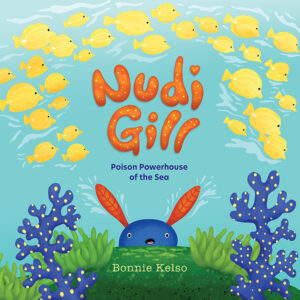 SS: Well, a couple of our titles are set up to have sequels, and there might be a few announcements about that coming soon. We have also had some lovely reviews and several titles recognized for great writing or illustrations. Nudi Gill: Poison Powerhouse of the Sea by author-illustrator Bonnie Kelso was selected as the “Great Reads from Great Places” children’s book to represent Nevada at the National Book Festival in Washington, D.C. Bonnie just returned from that trip where she sold out of her books within hours. (That was another project I thought was perfect for GRP when I saw it in the submissions inbox–and we now have several more books coming out with Bonnie over the next few years. She’s amazing!)
SS: Well, a couple of our titles are set up to have sequels, and there might be a few announcements about that coming soon. We have also had some lovely reviews and several titles recognized for great writing or illustrations. Nudi Gill: Poison Powerhouse of the Sea by author-illustrator Bonnie Kelso was selected as the “Great Reads from Great Places” children’s book to represent Nevada at the National Book Festival in Washington, D.C. Bonnie just returned from that trip where she sold out of her books within hours. (That was another project I thought was perfect for GRP when I saw it in the submissions inbox–and we now have several more books coming out with Bonnie over the next few years. She’s amazing!)
RVC: I hear you there–Bonnie has done an OPB review before, and I’ve interviewed her here, too! But now it’s time to change gears because it’s the BLITZ ROUND—super speedy Qs followed by zip-zappy As. Are you ready to tackle this challenge?
SS: Always.
RVC: Coffee, soda, or tea?
SS: Coffee. You saw my answer mentioning 3:00 am above, right?
RVC: If you could be any sea creature for a day, it’d be…
SS: Dolphin. They’re fast, smart, and super cool.
RVC: If your life was a picture book, what would the title be?
SS: Have I Lost My Mind? It’s an interactive search-and-find book.
RVC: One book that has profoundly influenced your career?
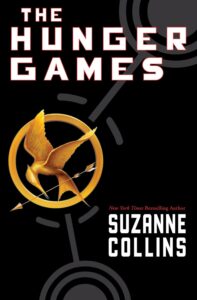 SS: I don’t know that there is only one, but when I think about GRP looking to publish books that have the “R” factor, I would have to say The Hunger Games (whole series). It’s the multiple layers that really draw me in, and that it’s an “underdog” story. I hope young readers want to read a GRP book as much as I’ve read/listened to/seen The Hunger Games.
SS: I don’t know that there is only one, but when I think about GRP looking to publish books that have the “R” factor, I would have to say The Hunger Games (whole series). It’s the multiple layers that really draw me in, and that it’s an “underdog” story. I hope young readers want to read a GRP book as much as I’ve read/listened to/seen The Hunger Games.
RVC: In three words or less, the most rewarding part of your job?
SS: Bringing people together.
RVC: Best thing a child has said about a Gnome Road book?
SS: “I love that book!”
RVC: Thanks so much, Sandra!


